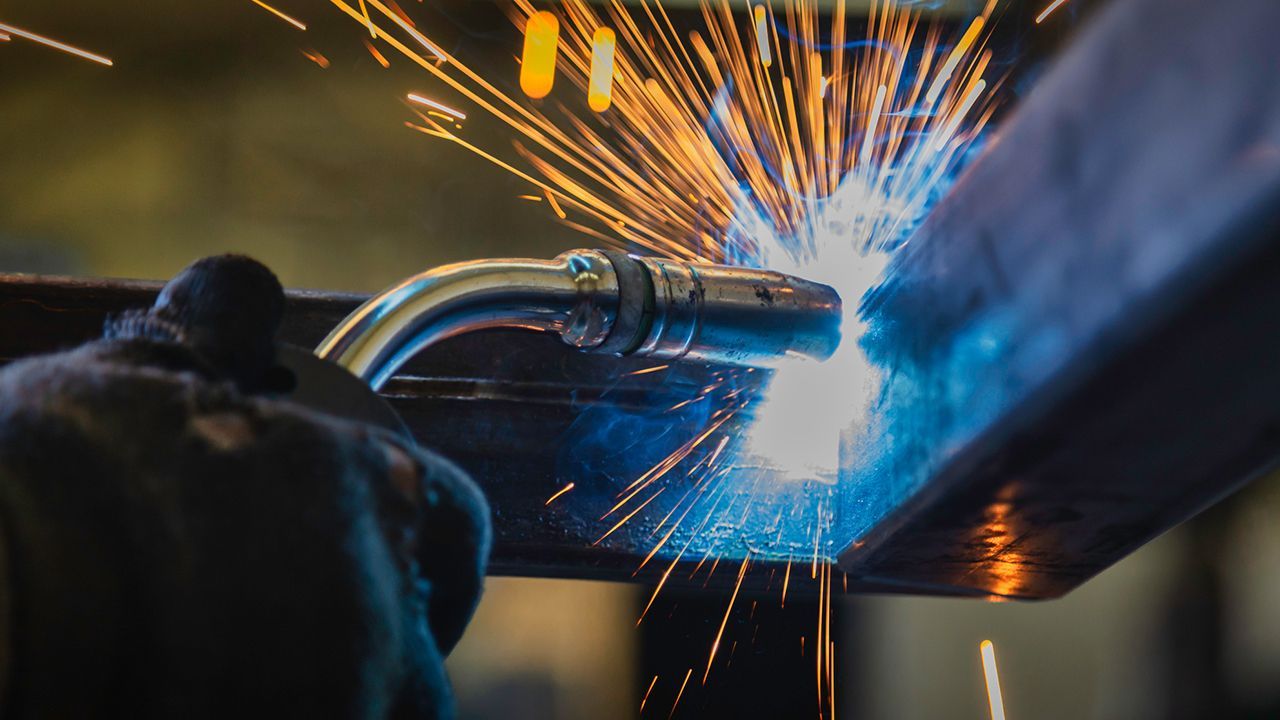Exploring the Versatility of Steel: Structural vs Formed
Steel, the cornerstone of modern construction and design, comes in various forms, each with its own unique characteristics and applications. Let’s unravel the technical disparities between structural and formed steel to gain a deeper understanding of their engineering prowess:
Structural Steel: Engineered for Strength and Stability
Structural steel stands tall as the backbone of our infrastructure, prized for its strength, durability, and load-bearing capabilities. Crafted from standardized shapes such as beams, channels, and angles, structural steel boasts impressive mechanical properties that make it the go-to-choice for building robust frameworks and supporting heavy loads. Its high tensile strength, exceptional ductility, and resistance to deformation ensure structural integrity even in the face of dynamic forces.
Technical Features of Structural Steel:
- Standardized shapes: Beams, channels, angles, and hollow sections
- High tensile strength and ductility
- Excellent load-bearing capacity and stability
- Resistance to deformation and structural failure
Formed Steel: Where Creativity Meets Precision
Formed steel unlocks a realm of endless possibilities, where creativity and customization take center stage. Through processes like bending, rolling, stamping, and extrusion, formed steel can be shaped into intricate profiles, curves, and geometric forms, unleashing the imagination of architects and designers. Its malleability, flexibility, and versatility make it the material of choice for adding aesthetic flair and architectural elegance to projects. From sculptural facades to bespoke fittings, formed steel brings visions to life with precision.
Innovations in steelmaking have allowed production of formable steel that can meet and even exceed the physical properties of structural steel. Commonly referred to as AHSS (advanced high strength steels), or UHSS (ultra high strength steels), these multi-phase steels are engineered to provide enhanced strength and formability as measured in yield and tensile strength.
Technical Features of Formed Steel:
- Shaped through bending, rolling, stamping, or extrusion processes
- High degree of customization and flexibility
- Intricate profiles, curves, and geometric forms
- Precision engineering for architectural accents and design details
Choosing the Right Steel for Your Project:
When it comes to selecting the right steel for your project, it's essential to consider the technical requirements, design objectives, and performance expectations. By understanding the technical differences between these two materials, you can make informed decisions that drive the success and excellence of your projects.
We’d love to hear from you! Get in touch with the metal experts at JL Metals here for help with your next project.




